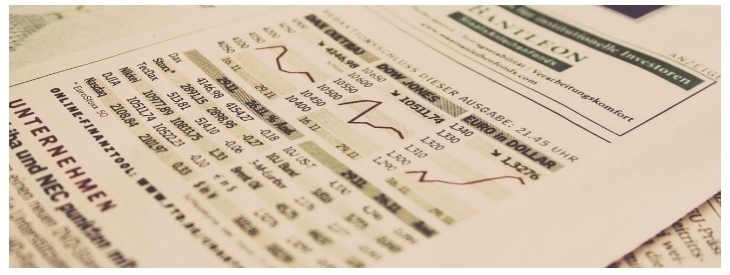The tech world is stuffed full of acronyms and abbreviations, and while they’re often a convenient short hand for complex concepts, more often than not they obscure matters, rather than simplifying them.
More than this, a tech term that’s broken out in popularity often points to excessive enthusiasm, like financial bubbles, where value becomes untethered from reality. So, rather than following the herd and buying in automatically, it’s worth examining the grounds for optimism. Particularly what a term means for our sector, ecommerce, and how you can benefit.

The IoT is not a new concept. Coined by Peter T. Lewis way back in 1985, it describes the integration of electronics with physical objects such that they can wirelessly network with one another and be brought online. Examples include homes laden with temperature sensors, and a system connected to the central heating, allowing a house to be heated from anywhere. Or a fridge that detects you need groceries and replenishes them for you. Or a kettle you can instruct to boil remotely.
The number of things incorporated in the IoT is forecast to explode exponentially in coming years. Computer chip manufacturers Intel anticipate there’ll be 200 billion ‘smart’ objects by 2020. That’s 26 for every human on the planet and a 100-fold increase of such objects since 2006.
What does IoT mean for ecommerce?
There are beneficial implications all the way down the supply chain and for the consumer themselves. Relating to the manufacturing process, the net worth the IoT is eventually expected to bring will be so great as to herald a ‘Fourth Industrial Revolution’ where the First was the productivity gains from steam, the Second from electricity and the Third I.T.
Why? Because the IoT will enable continuous, remote monitoring of a vast array of inputs and outputs, from power usage to visually sensing when equipment is wearing out and requires replacement. With greater knowledge of a system comes the ability to police inefficiencies and enhance productivity.
An ethos that has also inspired Khaos Control Cloud
By assigning metrics to your business on a single system accessible anywhere, you are armed with the critical data to make the decisions that’ll ensure your profit margins are the greatest they can be.
Further along the supply chain, an abundance of wireless devices will promote greater efficiency in the Pick, Pack and Despatch process. The recent introduction of barcode scanning in Khaos Control Cloud is an instance where networked technology can be used to better identify stock. A process that was once laborious where an item had to be taken to a scanner, rather than a scanner to it.
For the consumer, the IoT will increase the ways in which people order online. Sitting down at a desktop computer and navigating to a website to purchase goods via your browser will become redundant next to, for example:
- Wearable fitness technology automatically buying foods with reduced sugar content following its user’s inactive week
- Fridges, as we have seen, restocking themselves
- Smart objects (Hey There Google!) with voice recognition capability buying items on spoken command.
We expect these new ways of shopping will be catered for best by ecommerce giants such as eBay and Amazon, who anticipated these changes some years ago. That’s why we’re working on integrating Khaos Control Cloud with these marketplaces so users can secure maximum virtual shop floor without having to log in to separate seller accounts to continuously manage them.
But what is the real promise of the IoT?
To answer this question, we must step back and scrutinise developed economies’ overall health and the contribution of prior technological developments. Across the Western world, and especially for the UK, economic growth rates have been anaemic with productivity falling. This isn’t what you would expect to see, given the boost that I.T. has given to efficiency. This suggests there are deeper forces at work. Factors like an ageing population, and onerous regulation, may be outweighing the benefits of improved technology. But that technology also might not be as revolutionary as previously believed. The immediate productivity gains from the IoT are likely marginal – you can pop a smart kettle on remotely, but what can you accomplish in the time saved walking to the kitchen? There probably isn’t much further juice to be extracted from an already squeezed orange.

And that’s reflected in predictions of the total value the IoT will add to the world economy. An extra $12 trillion by 2030 sounds colossal. But divide that by people on the planet, 7 billion, and the number of years till then, 13, and you arrive at about $132 per person per year extra. Or an initial 0.5% annual boost to the U.K. median salary. It could easily be half this figure, only raising the potential that the gain will be wiped out by inflation. Ultimately, the biggest obstacle to dramatic efficiency improvements are people themselves. The brain is a fabulously powerful computer, the most capable we know, and yet we have real problems outputting information into the external world. Just think about speaking, or writing or typing. The greatest typing speed yet attained is 212 words per minute, but translate that into data and you get 0.4 kilobytes per minute. That’s slow. 7,000 times slower than the internet in 1984.
How to solve this? We need a much faster way of communicating and that’ll likely involve direct brain-computer interfaces. Where we once Googled by typing, then speaking, we’ll soon do so by thinking. Perhaps as early as the 2030s.

